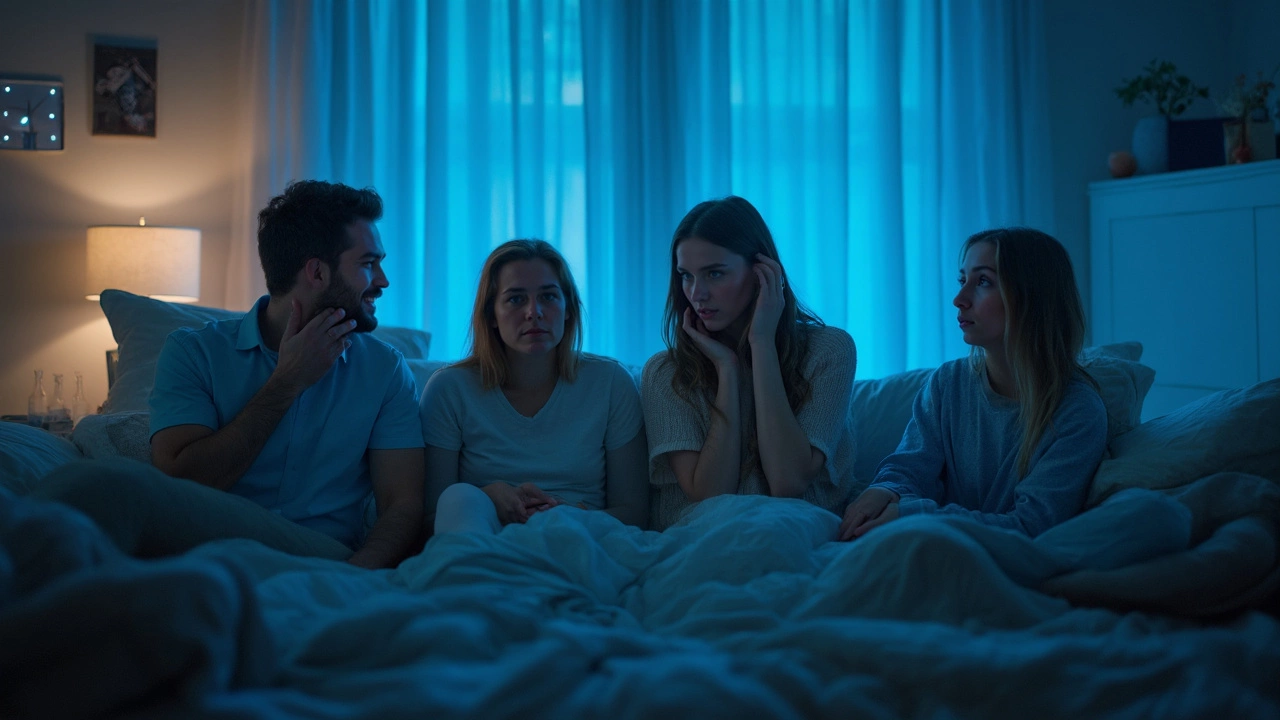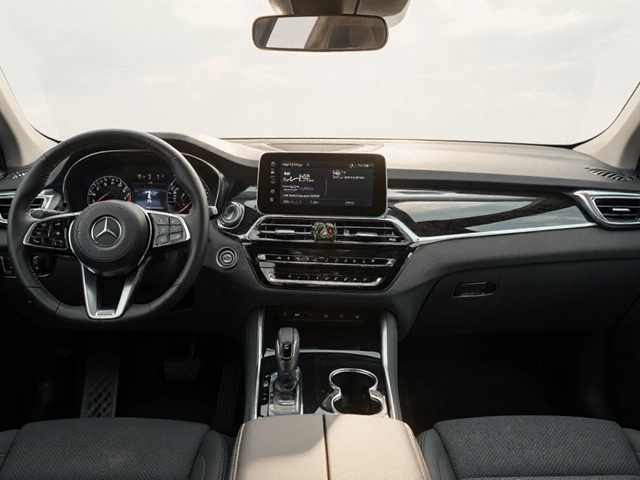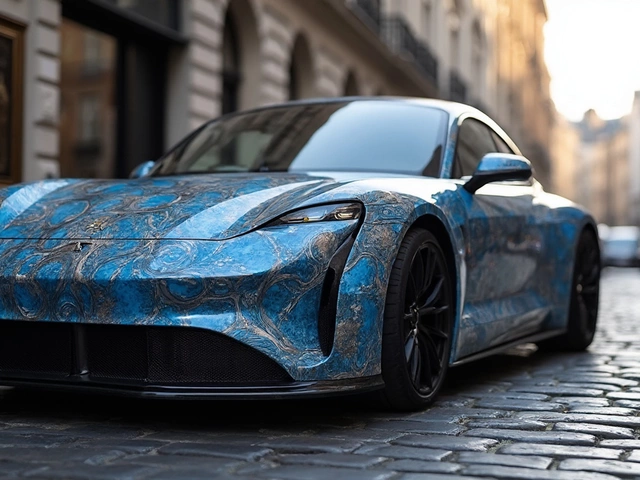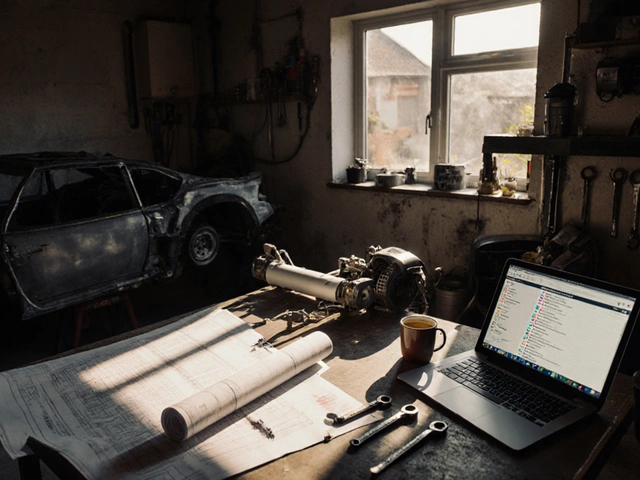Walk through any home or city at night and there’s a good chance the soft, cool glow illuminating hallways and streets comes from LED lights. They’ve taken over the world, and on paper, it sounds like a revolution. They’re efficient, they last forever, and your electricity bill breathes a sigh of relief. But before crowning LEDs as the perfect lighting solution, it’s worth flipping the switch on some things people rarely talk about. LED technology isn’t all shiny and perfect, and the downsides are bigger than most expect.
The Health Side of the Spectrum: How LED Lights Affect Your Body
Most people think lighting is just about seeing better in the dark. That couldn’t be farther from the truth. Once LEDs started popping up everywhere—offices, bedrooms, phone screens, hospital corridors—doctors and researchers began picking apart what all that modern light is actually doing to us. Here’s the twist: the spectral makeup of LED light is harshly different from old-school incandescent bulbs or even fluorescents. LEDs, especially the bright white ones, contain a heavy dose of blue wavelengths—much higher than that familiar warm yellow glow most of us grew up with. Why does this matter?
It matters because your body runs on a schedule, a circadian rhythm that depends heavily on light signals. When your eyes absorb blue-rich light, your brain is tricked into thinking it’s still daytime, and that tanked production of melatonin throws off your sleep patterns. Getting tricky with light doesn’t just leave you tossing and turning. A disruption in your sleep cycle can lead to mood swings, fatigue, duller cognitive performance, and weakened immunity. If you’ve ever struggled to wind down after scrolling your phone at night or sitting under office LEDs, you’re feeling this firsthand.
The issue is so pronounced that Harvard Health Publishing put out a special warning:
“Exposure to blue light at night, emitted by electronics and energy-efficient lightbulbs, is harmful to your health.”Didn’t see that fine print in your LED bulb’s packaging, right?
It gets wilder. Kids seem especially sensitive. Their developing eyes absorb more blue light compared to adults, magnifying potential impacts on sleep and eye health. The American Medical Association even flagged the widespread street lighting switch to LEDs, cautioning cities about unintended consequences on both people and wildlife.
Now, not all LED tech is created equal. Some brands try to add warm filters or coatings to reduce blue emission, and "warm white" bulbs usually have less of this issue than the eye-searing "cool white" or "daylight" varieties. If you’re worried about sleep—or you’ve got kids in the house—choose LEDs labeled 2700K or lower for bedrooms and reading areas. Save the bluer light for spaces where you need to stay alert, like kitchens or home offices. There’s also software to help dial down blue light on screens (think night mode and blue light filter apps). Tweaking your home setup this way pays off big time for your sleep and sanity.
Environmental Impact: Are LEDs As Green As They Seem?
Everywhere you look, LEDs are branded as the eco-friendly superhero. Less electricity, less waste, infinite lifespan—or so the story goes. The reality is a bit messier. Yes, LEDs are wildly more efficient than incandescents, with some models pulling just 10% of the energy for the same brightness. And yet, there’s a hidden side to the “green” reputation—one that gets less airtime.
Let’s pull the curtains on raw materials. LEDs rely on rare earth elements, gallium, indium, and sometimes hazardous metals like arsenic and lead in their semiconductors. Extracting and processing these materials is energy-intensive—not to mention pretty ugly for the land it’s dug from. While each individual LED contains minuscule quantities, the sheer scale of global production adds up fast.
And where does an LED bulb end up after those claimed 15-25 years (which, by the way, is under ideal lab conditions—you’re lucky if most home bulbs make it past 8)? LEDs aren’t nearly as recyclable as they should be. Because of their electronic circuits and small amounts of heavy metals, tossing them in regular trash risks environmental contamination. Specialized recycling is required, but as of 2025, most cities don’t offer this service, or make it a pain to access.
Here’s a quick look at key numbers that contextualize the environmental effects:
| Aspect | Incandescent | LED |
|---|---|---|
| Avg. Lifespan (hours) | 1,000 | 15,000+ |
| Energy Use (watts for 800 lumens) | 60 | 8-12 |
| Contains Mercury? | No | No |
| Contains Rare Earths/Metals? | No | Yes |
| Ease of Recycling | Easy | Low (Special Services Needed) |
Striking the balance between energy savings and environmental footprint isn’t simple. A little tip—don’t replace working old bulbs with LEDs unless you really need to; use up what’s already installed first to minimize waste. And if you have dead LEDs, check if your community has electronics recycling days, or look for retailers (Best Buy and Home Depot usually offer drop-off programs) who accept spent bulbs. It’s a small hassle, but it keeps heavy metals from seeping into soil and water systems.
And keep in mind, the efficiency of LED lights can mean we start using them everywhere and more often—a phenomenon called the "rebound effect." Install cheaper, longer lasting lights, and suddenly people light up gardens, parking lots, bridges, and billboards all night long, which sort of undercuts the energy savings per bulb. The International Energy Agency even warned a few years back that as LED prices drop, total lighting-related energy use could stay flat or even rise unless we’re careful about it.
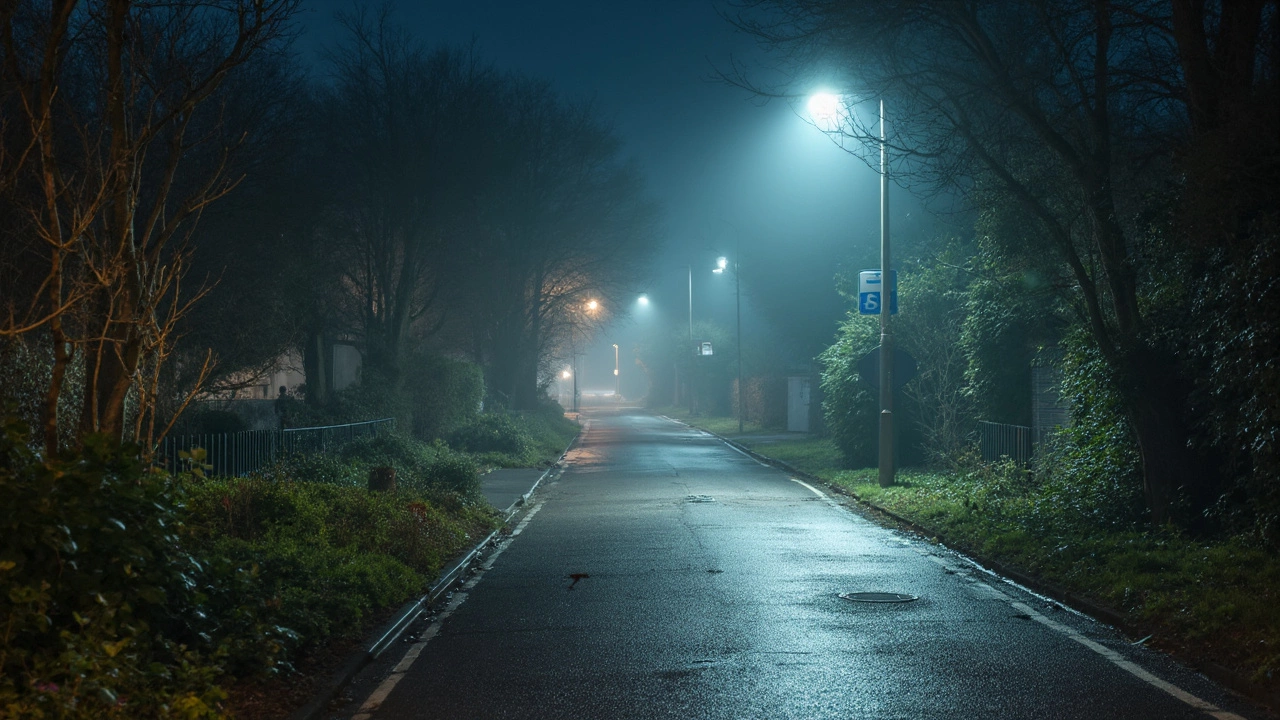
LED Flicker: The Hidden Annoyance Nobody Talks About
Here’s one you might not notice—until you do. LED bulbs, especially the cheaper off-brand kind, can produce imperceptible flicker. Not the old-fashioned visible flashing from broken bulbs, but subtle, rapid modulation as power cycles through. While most folks won’t pick up on it, anyone sensitive, including migraine sufferers or people with neurological conditions like epilepsy, could experience headaches, eye strain, or worse after just a little exposure.
We’ve gotten used to stable, continuous light with older bulbs, so the introduction of micro-flicker can throw some people off—think mystery headaches after new light installs or a general sense of unease. And if you’re filming with your phone, you might notice weird flickering bands or color changes in the footage, especially when shooting slow-motion or under poor lighting.
The problem usually comes from how LED bulbs handle "dimming" or cheap circuitry skipping corners on power regulation. Look for bulbs advertised as "flicker-free" or “eye comfort certified.” If you’ve got headaches after switching to LEDs, it’s worth testing if a flicker-free option helps. You can sometimes spot it by pointing your phone camera at the light—visible flickering in the preview could hint at a problem. For the most sensitive, consider brands that openly share flicker measurements rather than hiding specs in their marketing.
LED flicker isn’t some rare niche issue; consumer watchdogs in both the US and Europe have pushed for clearer flicker ratings on packaging, but as of now, it’s still voluntary toy territory. The EU standard EN 62717 recommends a maximum flicker index, but not all lights meet this benchmark. It pays to be a choosy buyer—don’t just grab whatever’s cheapest on the shelf. If you’re lighting up workspaces, reading areas, or classrooms, prioritizing flicker-free options is a smart move for comfort and productivity.
Making Smart Choices With LED Lighting
LEDs have redefined how we think about energy and lighting design. But knowing the two main disadvantages—potential health risks from blue light and the not-so-straightforward environmental impact—puts power back in your hands as a consumer. Think of it like this: every time you buy a lightbulb, you’re weighing a blend of brightness, efficiency, and side effects. Do a little homework before upgrading every bulb in your house. Focus LEDs on high-use areas where they’ll save you the most, and pick warmer color temperatures for sleep spaces. Always recycle spent bulbs at the right place. For the blue light risk, get proactive with adjustable white bulbs or "night mode" settings if you spend hours after sunset under artificial light.
For anyone wanting to keep their living spaces cozy and healthy, here are a few tips:
- Go for LEDs labeled "warm white" (2700K–3000K) for bedrooms and living rooms.
- Check the box for “flicker-free” or look up flicker specs for your chosen brand.
- Use full-spectrum or tuneable white bulbs in workspaces, but limit use at night.
- Stick to established brands if you care about safety, longevity, and accurate color.
- Set a reminder twice a year to recycle your spent bulbs properly—don’t toss them in regular trash.
The LED revolution isn’t a bad thing, but it’s not a perfect story. Like any technology, it comes with a trade-off. The trick is steering past the hype and using LEDs in a way that makes the most of their benefits, without tripping into the common pitfalls. Consult credible sources, pay attention to how your body feels under different light, and remember: smarter choices today mean fewer headaches—and a smaller footprint—tomorrow.

